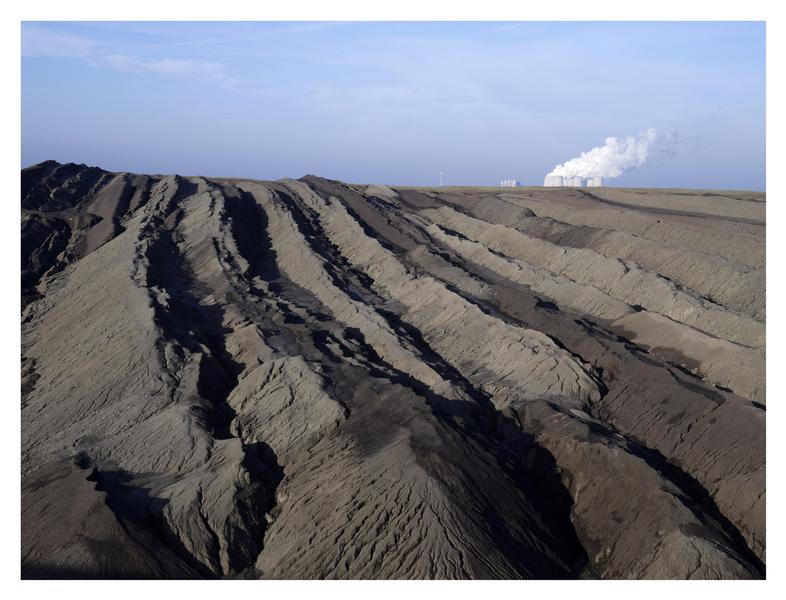Map: Poland’s coal power plants

Poland – the host of the 19th round of climate change talks in Warsaw – is hooked on coal with some 90% of its electricity coming from the most polluting form of energy.
It has 56 power plants running and emitting some 152Mt (Megatons) of CO2 a year. There are also many additions to existing ones planned, plus a few significant new developments in the pipeline.
And it’s not just burning coal for power.
After Germany, Poland was the second biggest producer of coal in Europe in 2012. The COP hosts are showing an increasing appetite for mining and burning cheaper and dirtier lignite (brown coal) as its dash for shale gas has potentially been thwarted by three US firms pulling out earlier in the year.
Have a play with our map below and check out Poland’s power plants by carbon emissions, the companies that own them, and find out which ones are planned.
View Poland’s coal power plants in a full screen map
The country even holds a European record – Belchatow is the highest emitting power plant in the economic block.
But there are several more coal power plants in the planning stages, including what will become the second and third worst belchers of CO2 in Europe – plants located in Gubin and Legnica, respectively.
Poland’s plans to invest further in its coal infrastructure far exceed those of any other EU member state. Filter the map by ‘status’ to see the plants that are planned and which ones are already operational.
Coal push
Polish PM Donald Tusk has told Polish media: “The future of Polish energy is in brown and black coal, as well as shale gas.”
In fact Poland’s minister of environment (and for this year COP president) Marcin Korolec told Die Zeit recently that EU climate and energy policy – which he argued favoured clean energy – is to blame for the economic crisis. Poland, he claimed, was predominantly interested in low energy prices.
Korolec also demanded an end to European subsidies for renewables. In fact, Poland is so reluctant to invest in renewables the EU has taken legal action against them for failing to meet the conditions of the ‘Renewable Directive’.
But Tusk has decided unilaterally to extend the Opole coal-fired plant (Opole 5&6) despite the fact PGE, the Polish state energy company that owns the plant, reckons the new blocks weren’t worth the investment as wholesale energy prices remain too low.
Tusk eventually secured investment from a state fund, saying it was in the interest of all Poles to expand the plant – and shouldn’t be seen as a simple business decision.
Coal riots
Environmental law firm Client Earth’s Polish policy officer Michał Olszewski told Unearthed that the policy of support for the coal and lignite industry comes from a fear that the workers will revolt.
“I think the Polish government is afraid it will make a riot if it decides against coal. If as prime minister you decided to cut coal from the energy mix it would deliver 100s of miners from regions such as Upper Silesia [in the south-west of Poland] to destroy the capital,” he said.
“This is a similar situation to the power of the trade unions in Poland, there is an awareness the trade unions are ready to gather people to come to Warsaw [if they are not happy].”
A report by Greenpeace drawing on research by a coalition of renewable energy bodies suggests Poland could halve its coal consumption and create jobs by 2030 through greater investment in renewable energy.
Given the course he’s taken however it appears unlikely that Tusk and his sidekick Korolec will abandon their support for king coal, even as they lead negotiations on tackling global climate change.
- View the underlying data for BatchGeo map the here. If you create any of your own visualisations of this then let us know in the comments. Likewise, if there are any things we need to correct.

